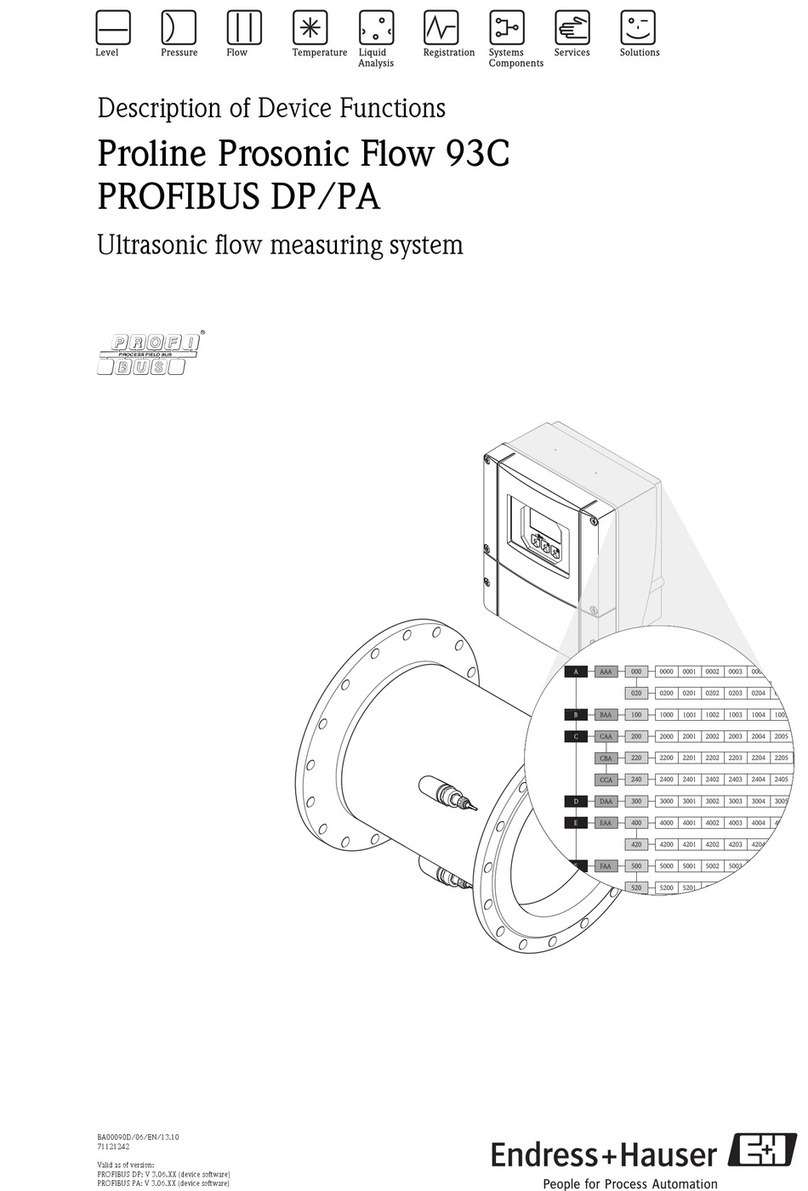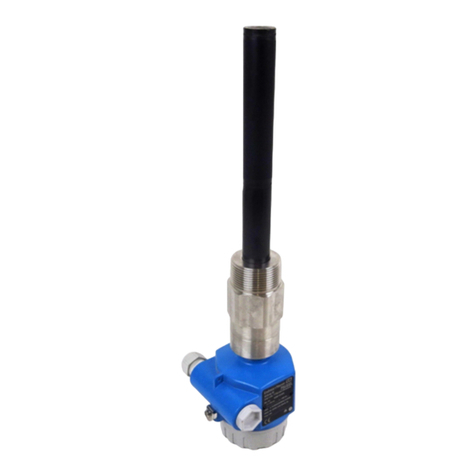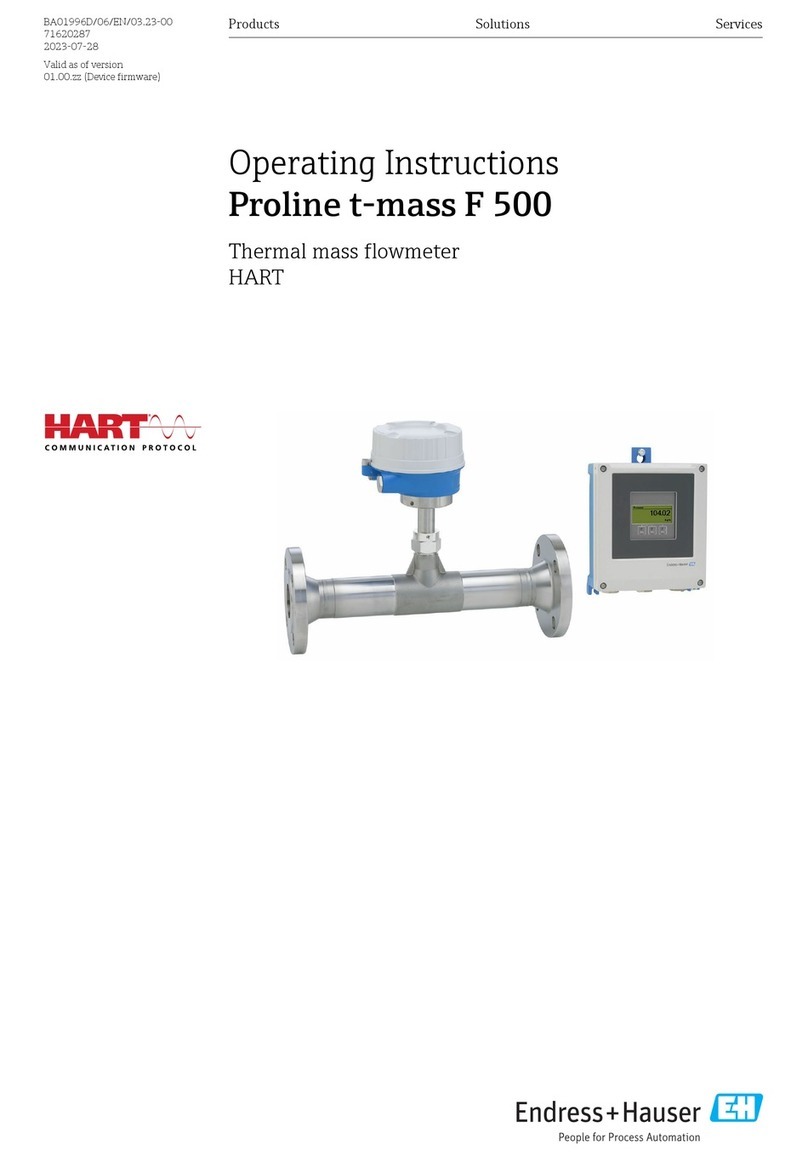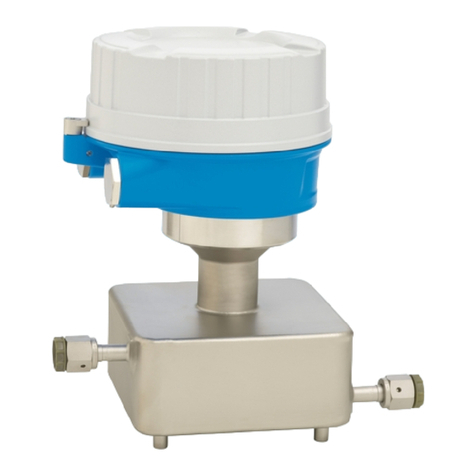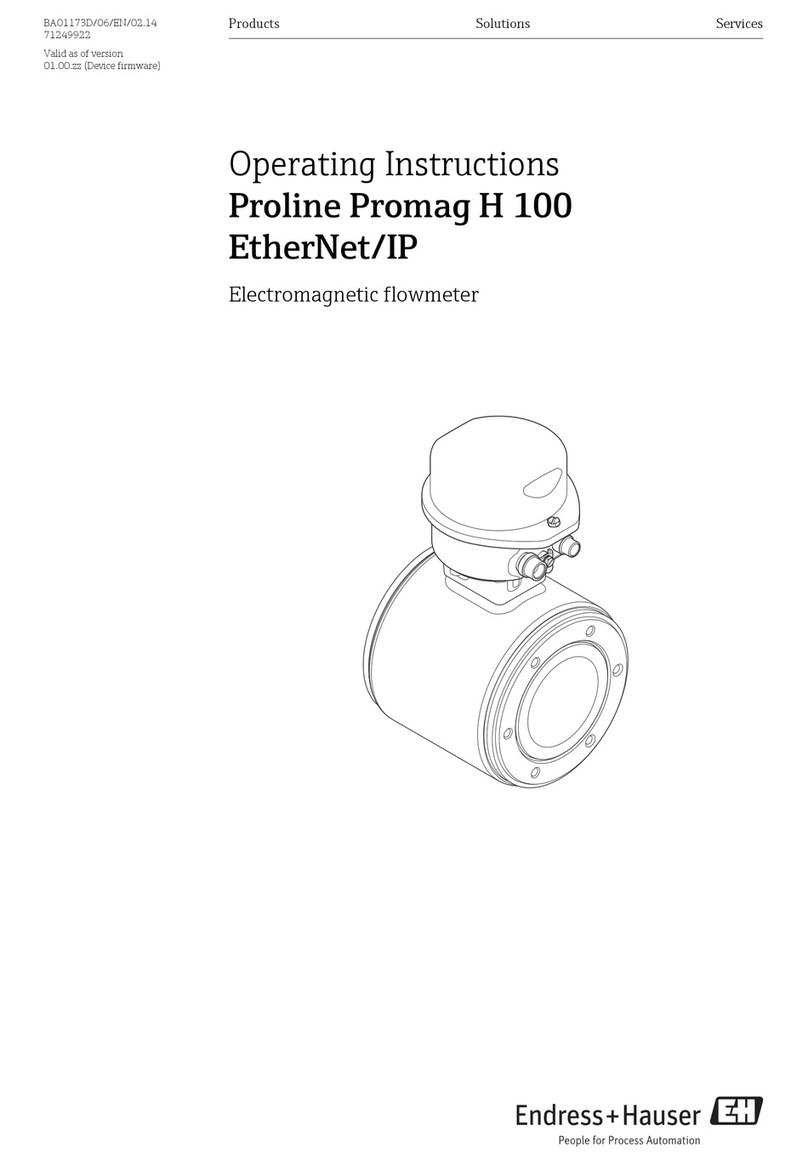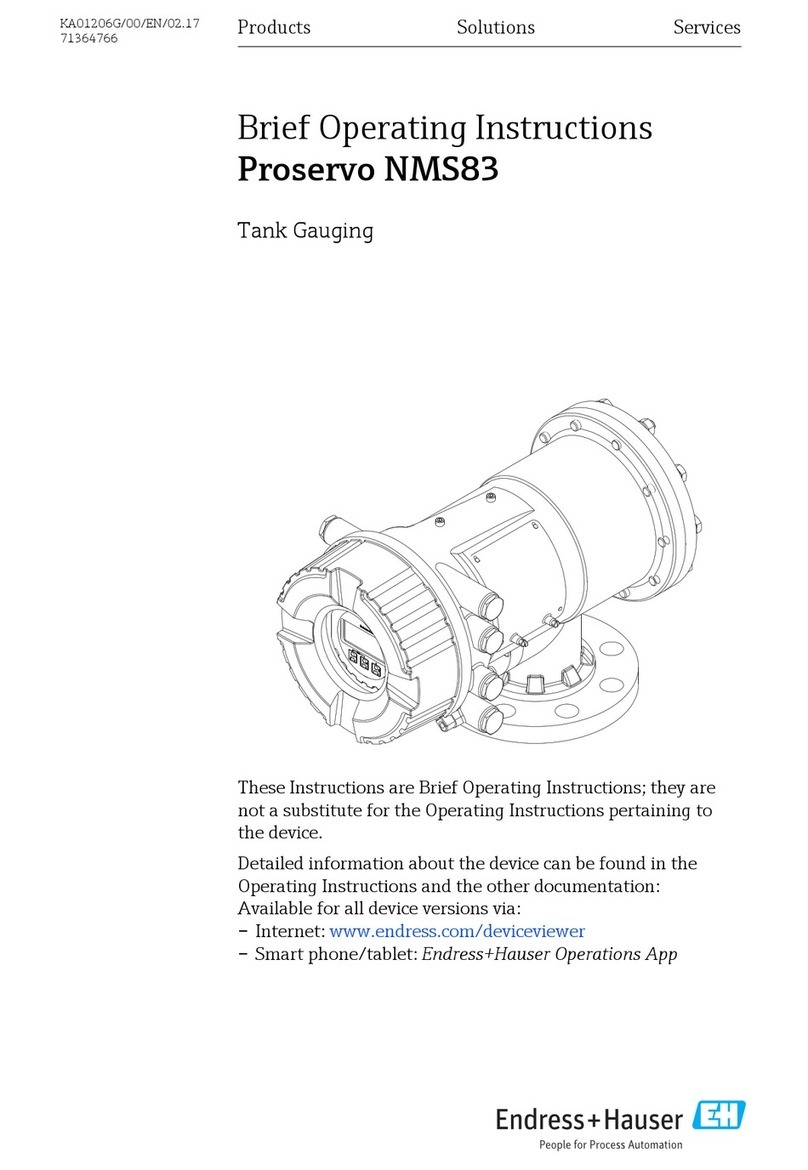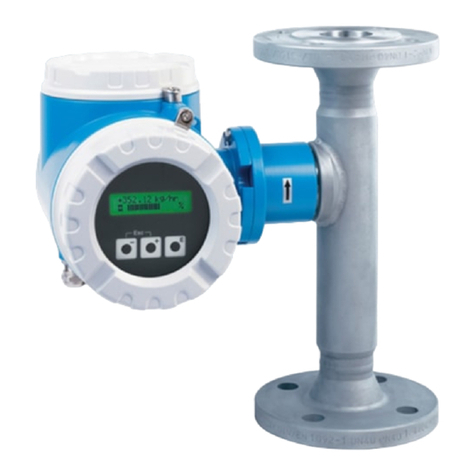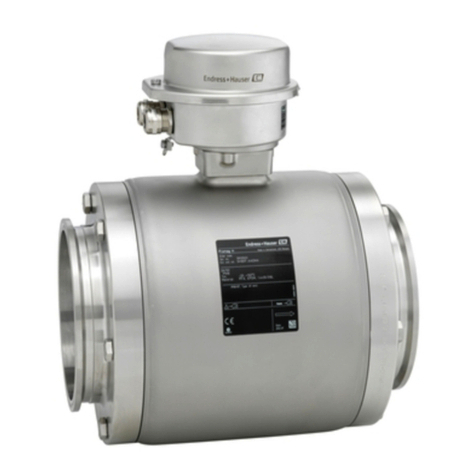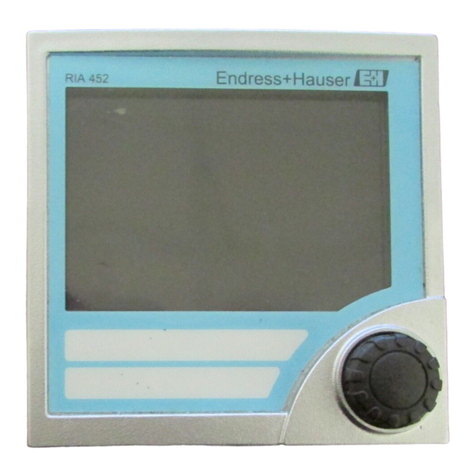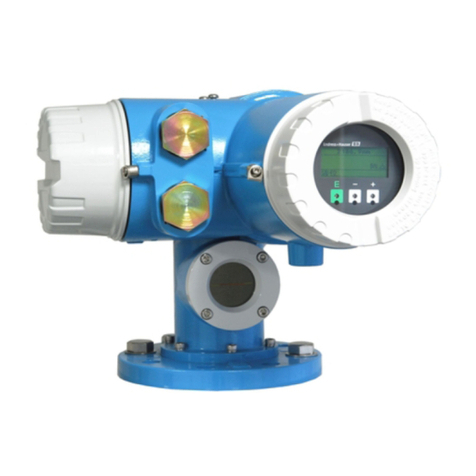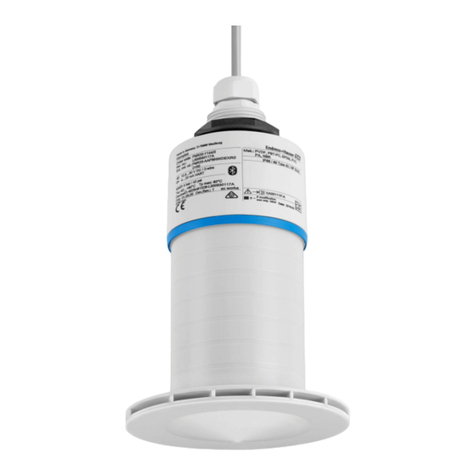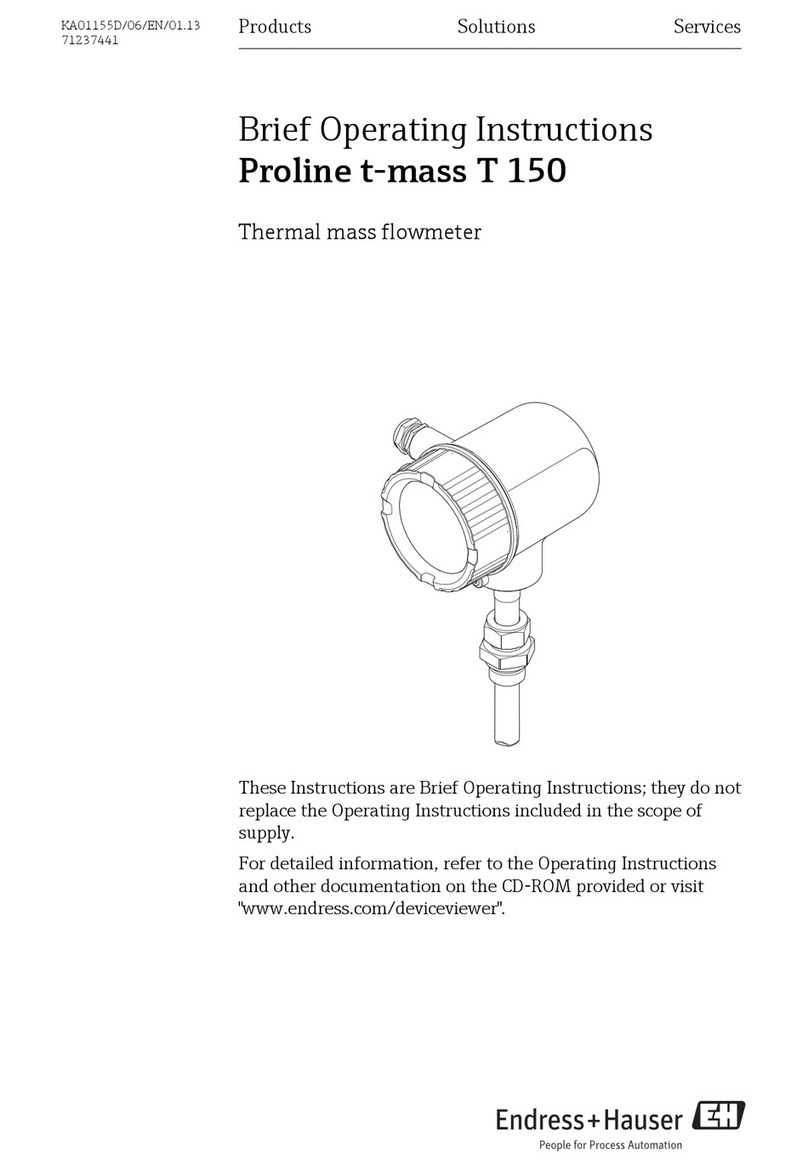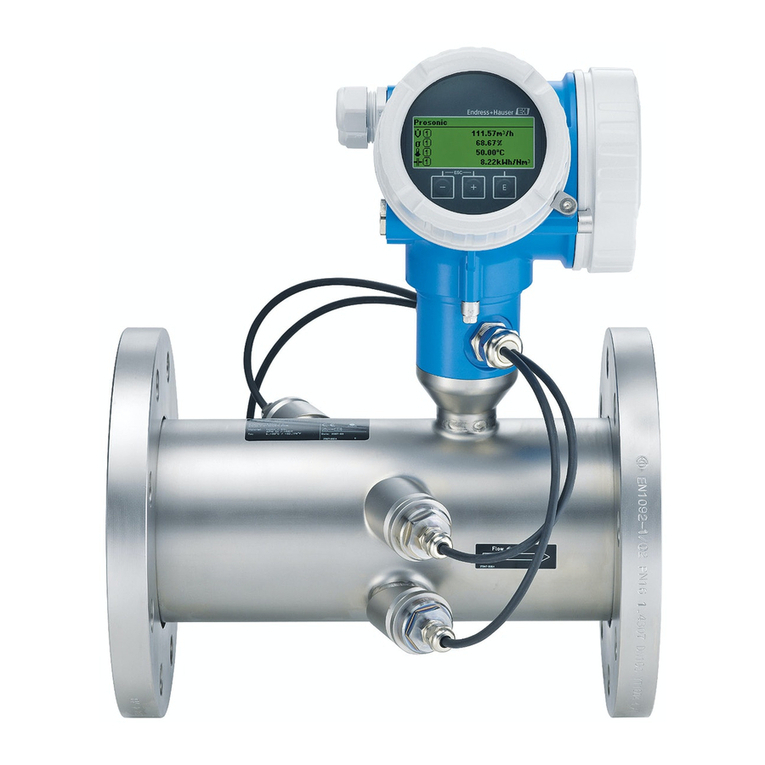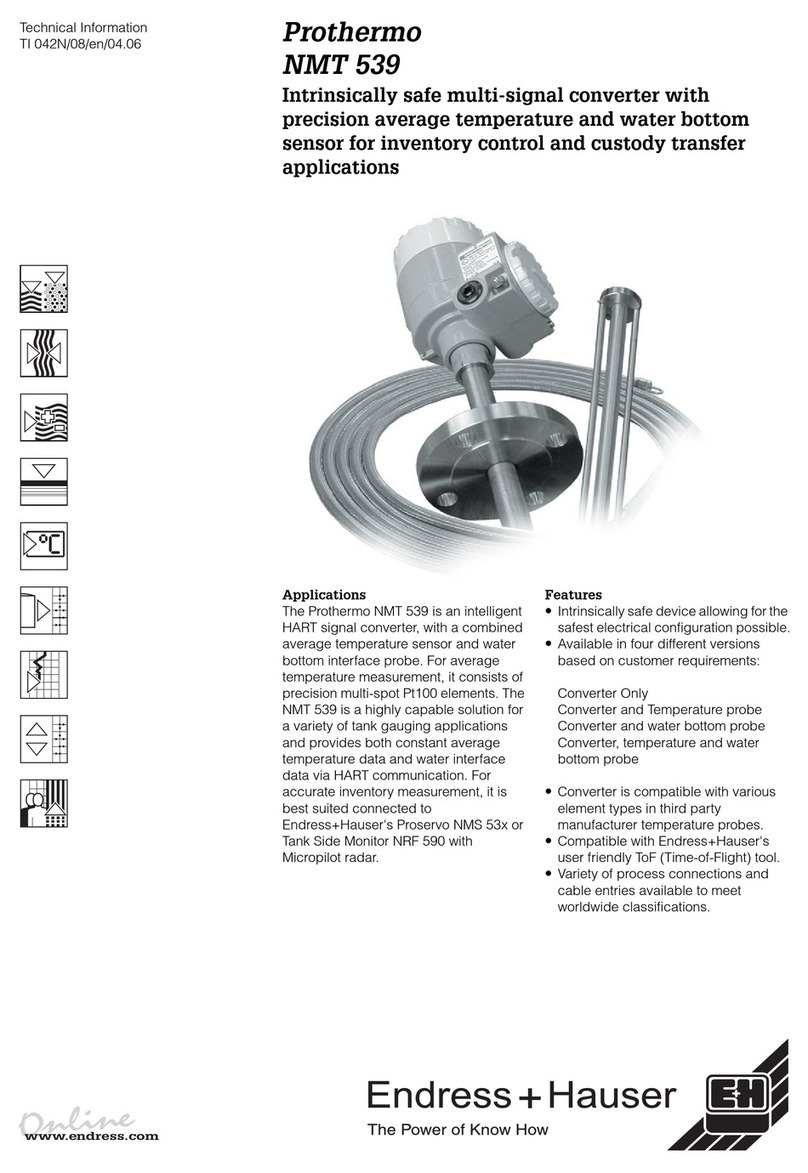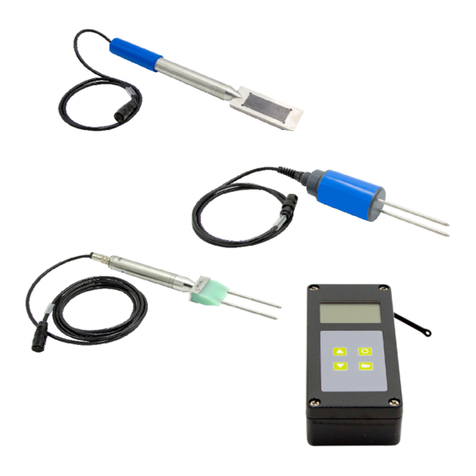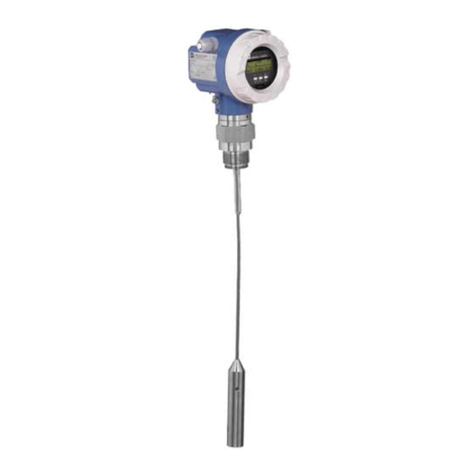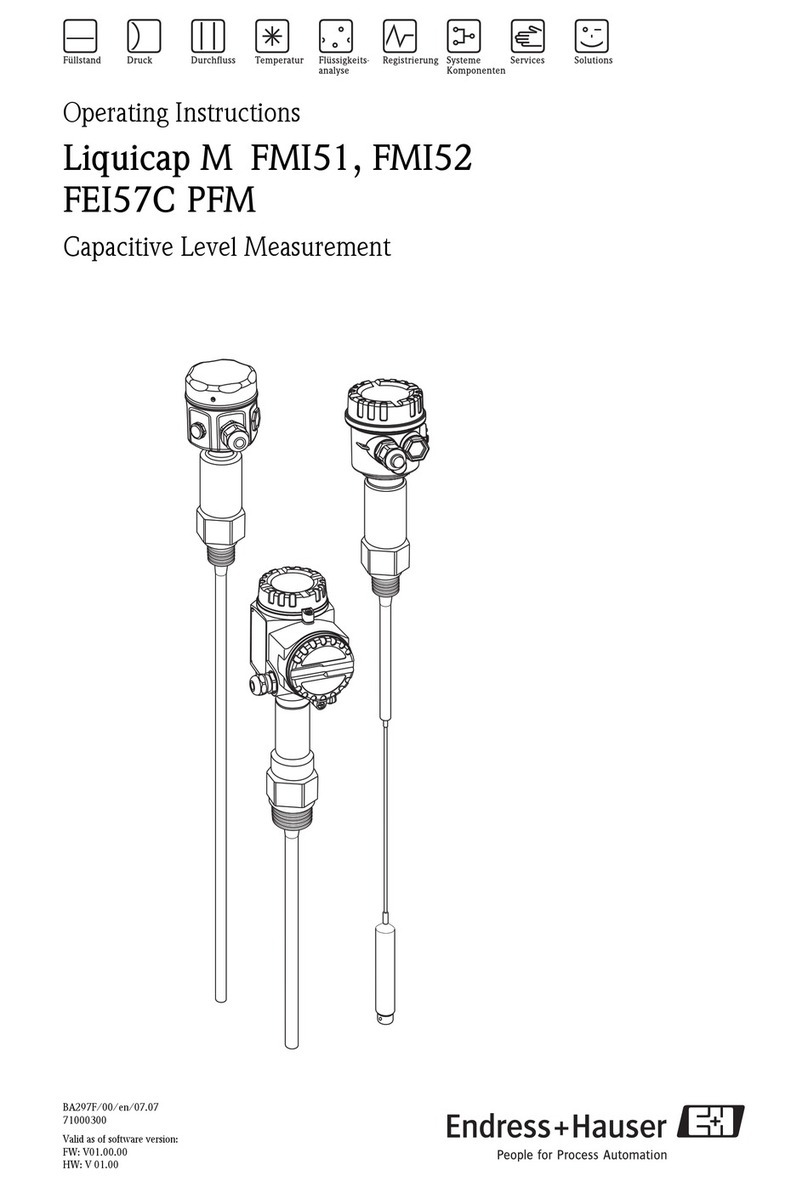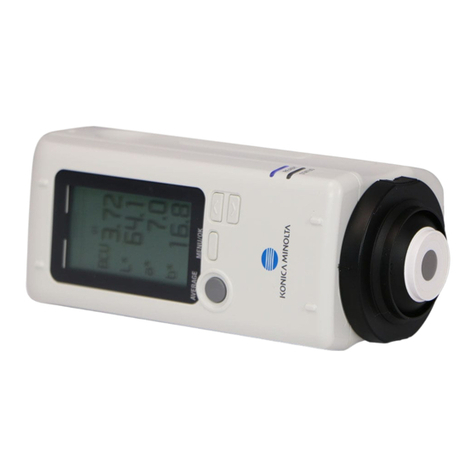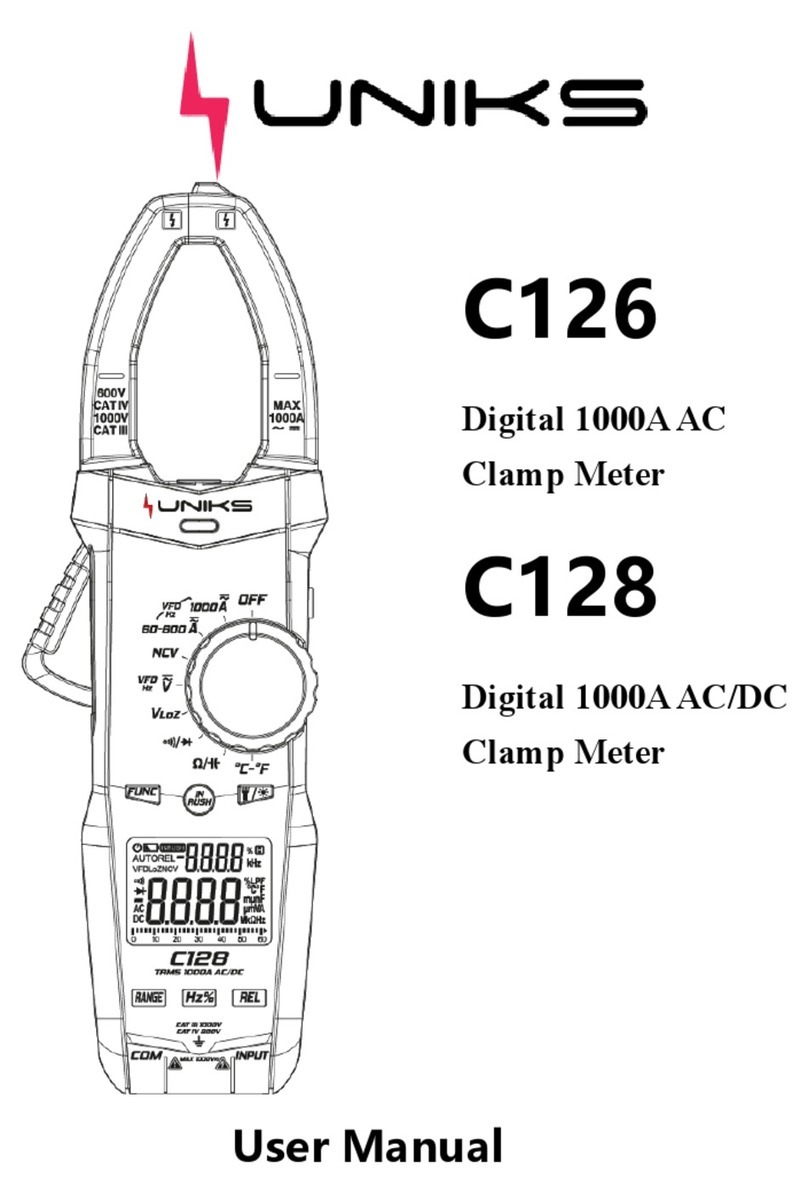
Cerabar S
2Endress+Hauser
Table of contents
SIL Declaration of Conformity . . . . . . . . . . . . . . . . . . . . .3
Safety-related parameters . . . . . . . . . . . . . . . . . . . . . . . . . . . . . . 4
Useful lifetime of electric components . . . . . . . . . . . . . . . . . . . 13
Certificate . . . . . . . . . . . . . . . . . . . . . . . . . . . . . . . . . . . . 14
General information . . . . . . . . . . . . . . . . . . . . . . . . . . . 15
Document purpose . . . . . . . . . . . . . . . . . . . . . . . . . . . . . . . . . . . . 15
Symbols used . . . . . . . . . . . . . . . . . . . . . . . . . . . . . . . . . . . . . . . . 15
Supplementary device documentation . . . . . . . . . . . . . . . . . . . 16
Permitted device types . . . . . . . . . . . . . . . . . . . . . . . . . 17
SIL label on the nameplate . . . . . . . . . . . . . . . . . . . . . . . . . . . . . 18
Safety function. . . . . . . . . . . . . . . . . . . . . . . . . . . . . . . . 19
Definition of the safety function . . . . . . . . . . . . . . . . . . . . . . . . 19
Safety-related signal . . . . . . . . . . . . . . . . . . . . . . . . . . . . . . . . . . 19
Restrictions for use in safety-related applications . . . . . . . . . 19
Use in protective systems . . . . . . . . . . . . . . . . . . . . . . 21
Device behavior during operation . . . . . . . . . . . . . . . . . . . . . . . 21
Confirmation and locking methods . . . . . . . . . . . . . . . . . . . . . . 23
Increased security during parameter entry via onsite display,
Field Communicator or FieldCare/DeviceCare . . . . . . . . . . . . . 24
Standard device configuration via onsite display, Field
Communicator or FieldCare/DeviceCare . . . . . . . . . . . . . . . . . . 28
Conditions for safe measuring mode . . . . . . . . . . . . . . . . . . . . 29
Checks . . . . . . . . . . . . . . . . . . . . . . . . . . . . . . . . . . . . . . . . . . . . . . 31
Locking/unlocking . . . . . . . . . . . . . . . . . . . . . . . . . . . . . . . . . . . . 31
Proof-test . . . . . . . . . . . . . . . . . . . . . . . . . . . . . . . . . . . . . . . . . . . 31
Life cycle . . . . . . . . . . . . . . . . . . . . . . . . . . . . . . . . . . . . . 33
Requirements for personnel . . . . . . . . . . . . . . . . . . . . . . . . . . . . 33
Installation . . . . . . . . . . . . . . . . . . . . . . . . . . . . . . . . . . . . . . . . . . 33
Commissioning . . . . . . . . . . . . . . . . . . . . . . . . . . . . . . . . . . . . . . 33
Operation . . . . . . . . . . . . . . . . . . . . . . . . . . . . . . . . . . . . . . . . . . . 33
Maintenance . . . . . . . . . . . . . . . . . . . . . . . . . . . . . . . . . . . . . . . . 33
Repair . . . . . . . . . . . . . . . . . . . . . . . . . . . . . . . . . . . . . . . . . . . . . . 33
Modification . . . . . . . . . . . . . . . . . . . . . . . . . . . . . . . . . . . . . . . . . 34
Decommissioning . . . . . . . . . . . . . . . . . . . . . . . . . . . . . . . . . . . . 34
Appendix . . . . . . . . . . . . . . . . . . . . . . . . . . . . . . . . . . . . 35
Measuring system design . . . . . . . . . . . . . . . . . . . . . . . . . . . . . . 35
Notes on the redundant connection of multiple sensors
for SIL 3 . . . . . . . . . . . . . . . . . . . . . . . . . . . . . . . . . . . . . . . . . . . . . 35
Additional information . . . . . . . . . . . . . . . . . . . . . . . . . . . . . . . . 35
Change history . . . . . . . . . . . . . . . . . . . . . . . . . . . . . . . . . . . . . . . 35
Parameter description . . . . . . . . . . . . . . . . . . . . . . . . . 37
Parameter description of the SAFETY CONFIRM. group –
"Pressure" operating mode . . . . . . . . . . . . . . . . . . . . . . . . . . . . . 37
Form for standard device configuration - Pressure . 41
Form for standard device configuration - Level . . . . 43

